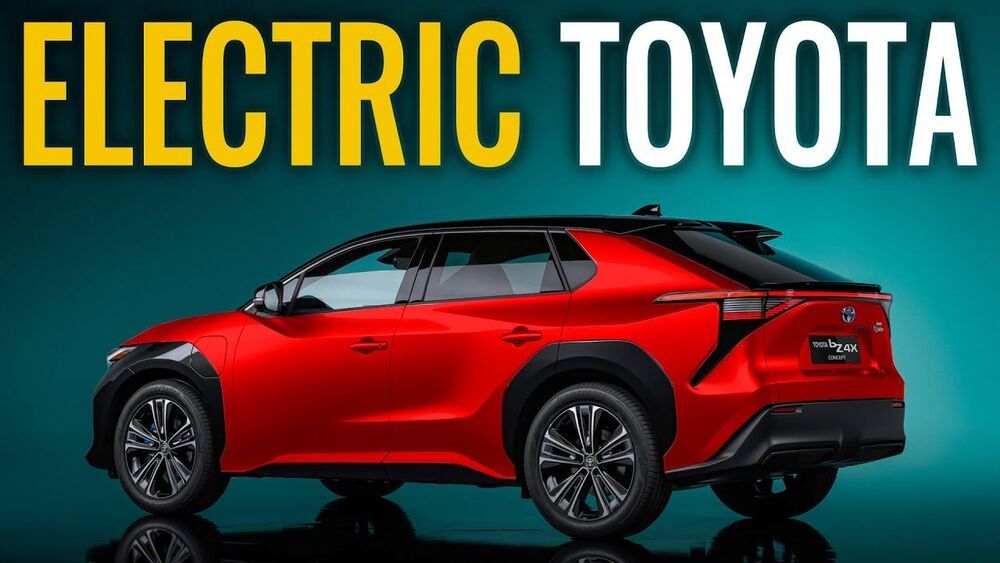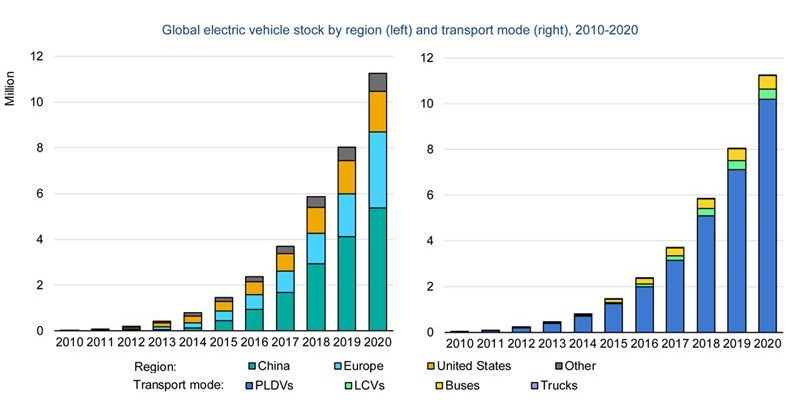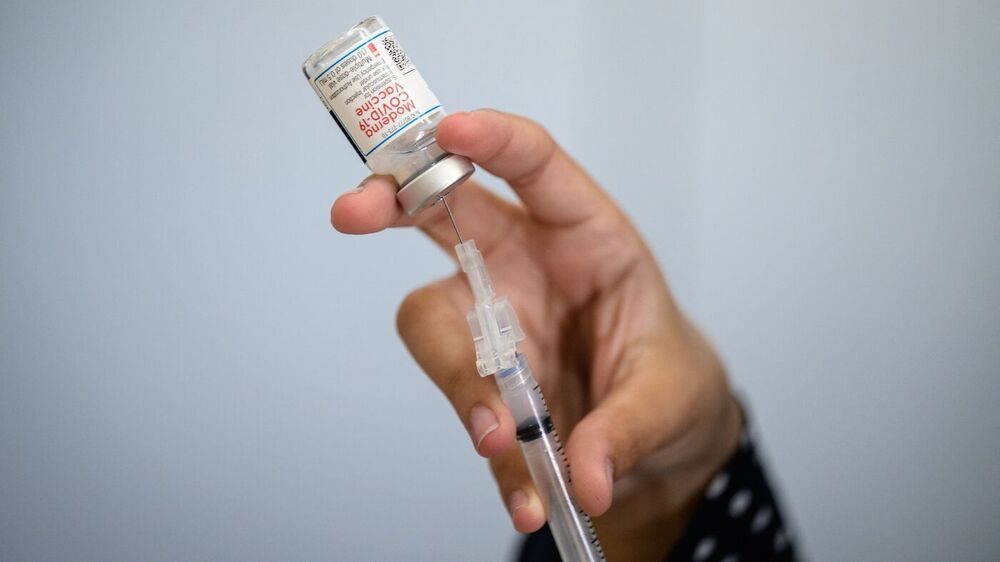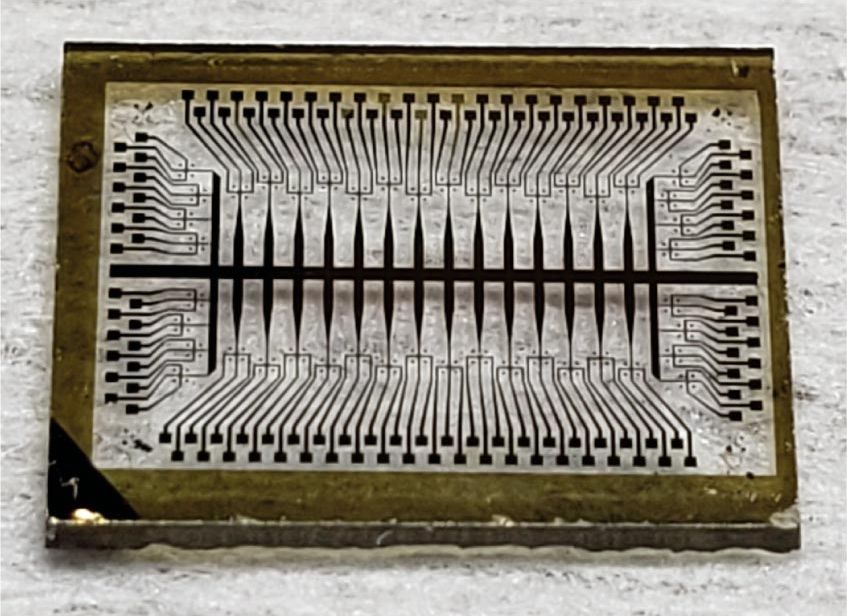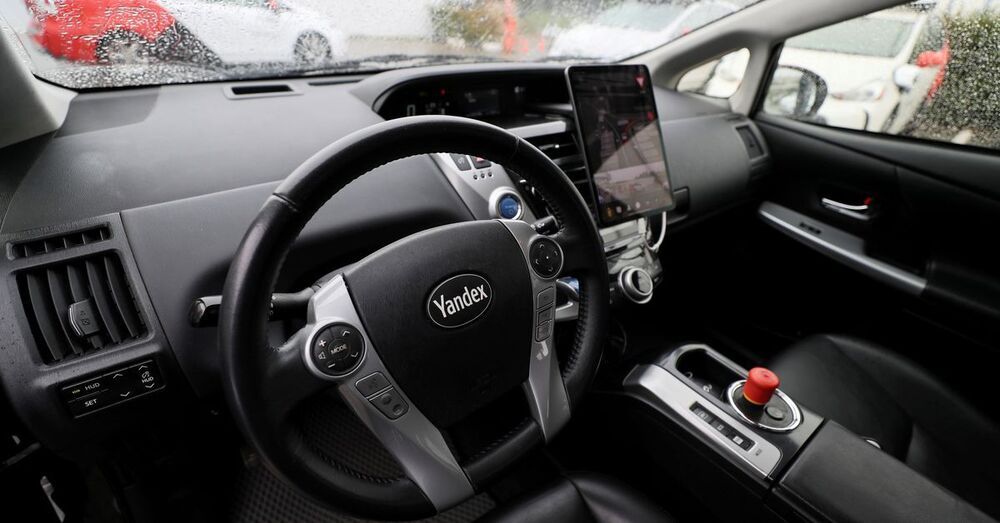Toyota finally unveils its first EV, an all electric SUV called bZ4x but it also responded to pressure of some investors to cut out the anti-EV lobbying. InsideEVs and Forbes contributor Tom Moloughney will be here to weigh in, plus other EV news of the week.
https://www.youtube.com/channel/UCdX0BJNon1c6GfOdeS3pyDw.
OUR SPONSORS:
❤️ XPENG MOTORS — Follow China’s leading smart EV automaker on Facebook at https://www.facebook.com/XpengMotorsGlobal.
